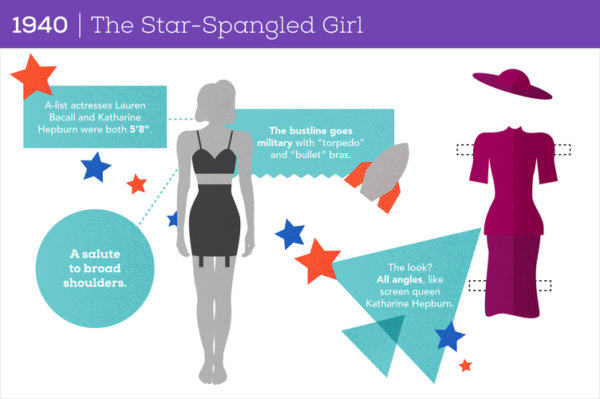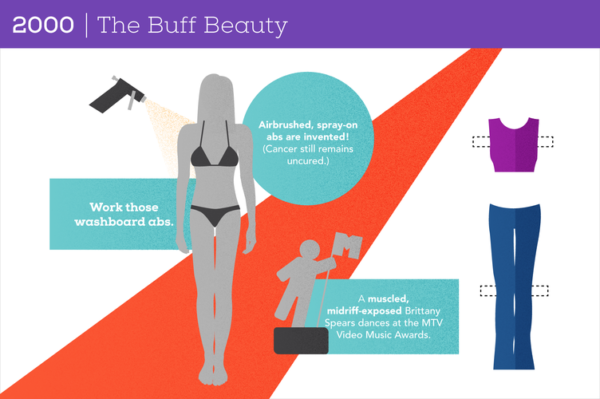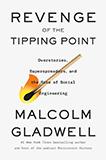One of my favorite sections from Tina Fey’s 2009 bestseller Bossypants deals with body image:
I think the first real change in women’s body image came when JLo turned it butt-style. That was the first time that having a large-scale situation in the back was part of mainstream American beauty. Girls wanted butts now. Men were free to admit that they had always enjoyed them. And then, what felt like moments later, boom — Beyoncé brought the leg meat. A back porch and thick muscular legs were now widely admired. And from that day forward, women embraced their diversity and realized that all shapes and sizes are beautiful.
Ah ha ha. No. I’m totally messing with you. All Beyoncé and JLo have done is add to the laundry list of attributes women must have to qualify as beautiful. Now every girl is expected to have Caucasian blue eyes, full Spanish lips, a classic button nose, hairless Asian skin with a California tan, a Jamaican dance hall ass, long Swedish legs, small Japanese feet, the abs of a lesbian gym owner, the hips of a nine-year-old boy, the arms of Michelle Obama, and doll tits. The person closest to actually achieving this look is Kim Kardashian, who, as we know, was made by Russian scientists to sabotage our athletes.
I know that in this day and age, we women are taught that true beauty shines from within, that our happiness, health, and confidence are far more important than our physical attributes. But let’s face it — I have not come across a single woman in my life who was 100% satisfied with her body, all the time.
And how can we, when our society’s perception of an ideal body is every-changing as well?
To illustrate this point, The Greatist has put together a series of images that outline just how much the American standard for the “perfect body” has evolved over the past 100 years. Take a look!
And, to further illustrate the point, here is an animated GIF of the ten different types of bodies:
I was mildly surprised to find that in comparing the bodies (yes, I’m guilty of judgement too!), I found “The Soft Siren” the most attractive, because the 1930s is a decade with which I am the least familiar. In fact, reading the description made me want to research the time period a bit more!
My least favorite type? “The Twig” of the 1960s. Is it because “The Twig” is the body type I am most unlike? Perhaps. But it seems like an ideal that is the most difficult to attain for most women — if attainable at all for some — and even “The Waif” of the 1990s seems to hold more curves. (Or maybe the sentence “A record amount of amphetamines are prescribed for weight loss” just turned me off?)
Whatever your favorite and least favorite ideal body types may be, I think it’s important to note that our own preferences may change with time as well. And as is stated within the article, “The media’s concept of the ideal woman’s body isn’t static. Whoever People magazine deems ‘most beautiful’ this year is just a representation of what has bubbled up in the cauldron of pop culture.”
Via HelloGiggles.


















 I like books, gadgets, spicy food, and art. I dislike shopping, hot weather, and the laws of entropy. Although I am a self-proclaimed computer nerd, I still have a love for handbags and makeup... and I am always teetering on high heels. To learn more about me, visit the
I like books, gadgets, spicy food, and art. I dislike shopping, hot weather, and the laws of entropy. Although I am a self-proclaimed computer nerd, I still have a love for handbags and makeup... and I am always teetering on high heels. To learn more about me, visit the 


[…] Podsumowanie obowiązujących ideałów kobiecej sylwetki z ostatniego stulecia. […]
This blog is very informative and helped me to get to know more, since i am a fitness writer it helps me to get increase in my knowledge.